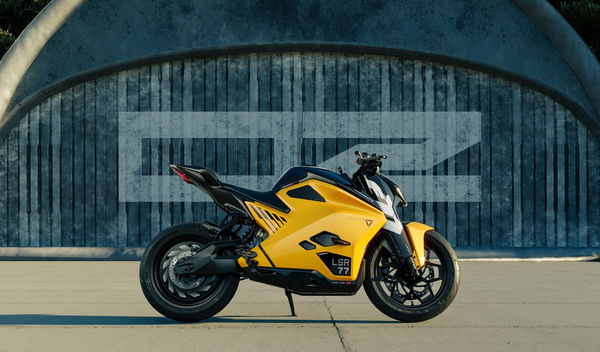The 2025 Yamaha R9 is FINALLY Here to Attack the Track
The wait is officially over, as Yamaha Motor Europe reveals the full pics and details of the new 2025 Yamaha YZ-F R9
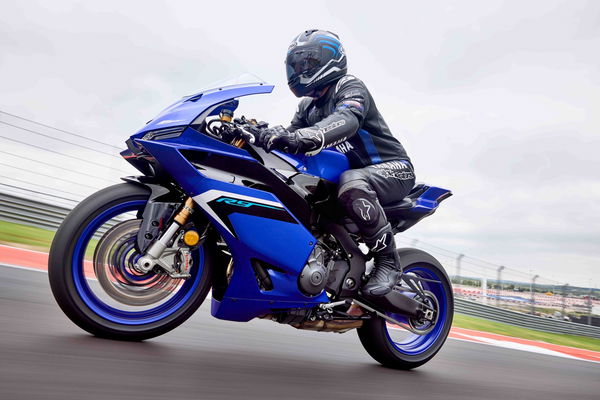
It’s finally here people! The 2025 Yamaha R9 has officially been revealed and here are all the specs, tech, and features of Yamaha’s now class-leading road-going sports bike.
The bike will now sit at the head of the road-legal Yamaha sports bike range, closely followed by the bike it shares many components with, the much-loved XSR900 GP. Sharing parts, though, doesn’t mean the two bikes are the same, and as we’ve just found out, the R9 receives a significant boost in specification and technology and looks like a much more focused proposition.
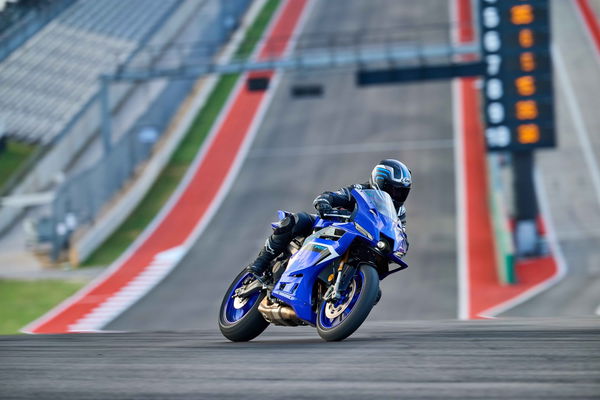
How much power does the Yamaha R9 make?
The press release from Yamaha states that the architecture of the R9 is the same as the other CP3 bikes (78mm x 62mm bore and stroke, compression ratio of 11.5:1) and it doesn’t disclose what the power output is. Because of this, we are assuming it to be the same as the other models, meaning it should have around 117bhp and 68lb ft of torque
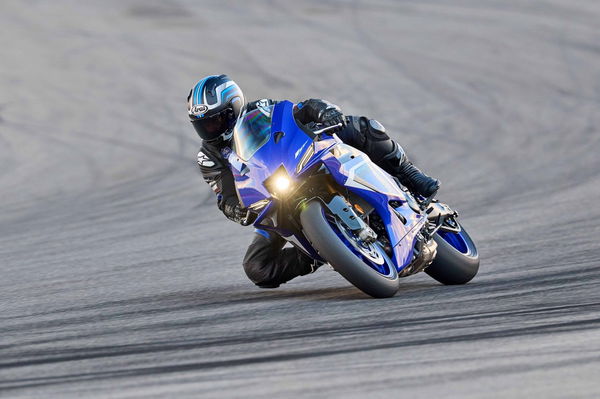
What’s new with the R9?
The bike is built around a frame similar to the one found in the other CP3 models, although the gravity-cast aluminium Deltabox-style item has had its rigidity tuned. Yamaha claims the R9 frame to be stiffer in all three directions (torsionally, longitudinally and laterally), giving the bike improved feel, feedback and comfort. The frame of the R9 also sets the record for being the lightest item ever used on a Yamaha supersport model, tipping the scales at just 9.7kg. Overall the R9 has a claimed wet weight of 195kg, 5kg less than the XSR900 GP.
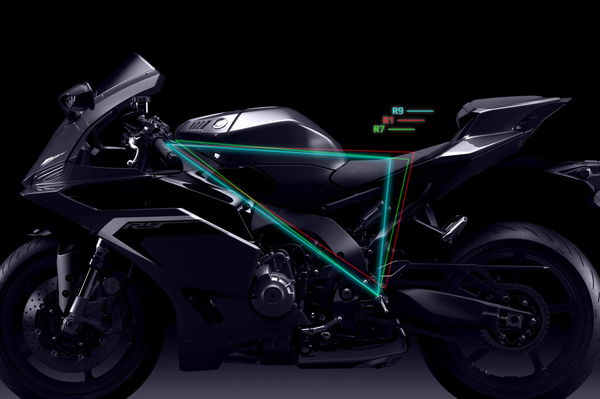
Moving to the bike's front end, the suspension system comprises a 43mm KYB upside-down front fork that is specific to the model and features Kashima-coated fork tubes. The resigned fork now features individual adjusters for rebound and compression damping on the left and right tubes. Each can be adjusted individually, with the right tube for rebound damping and the left for compression, both high-speed and low-speed.
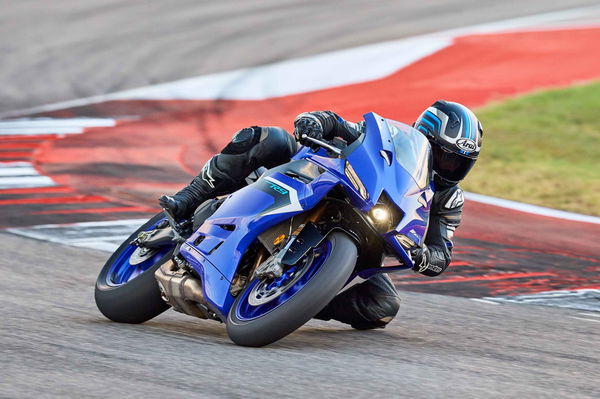
Within the front fork are new base valves which are said to prevent any oil escaping into the bottom of the fork leg, something which Yamaha states should improve damping response and stability. The rear shock of the bike, also from KYB, is another part specifically designed and set up for the model. It too is adjustable for preload, rebound damping, and compression damping.
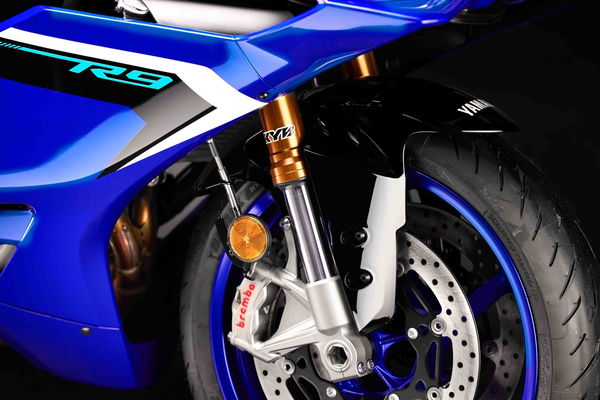
Bolted to that suspension is a more beefy front braking system, with Brembo bringing its top-spec Stylema callipers for Yamaha’s range-topping sports bike. The callipers are joined by a high-spec Brembo master cylinder and braided brake lines. The braking system on the R9 is already significantly more premium than is found on the XSR900 GP, and this is improved further with the inclusion of 320mm discs at the front, up from the 298mm items found on its retro sibling. As with all the other CP3-powered bikes in the range, the braking system is governed by a six-axis IMU that on this bike is derived from the system found on the R1.
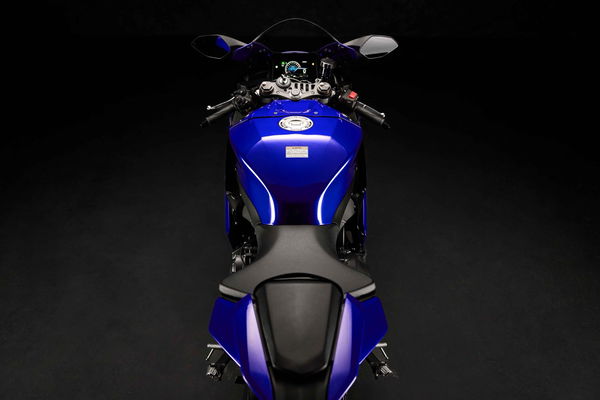
Another change to make the R9 a more focused proposition is the riding position. Clip-ons are mounted on the underside of the top clamp (not above as found on the XSR900 GP) which moves more of the rider's weight over the front end of the bike. This should make the R9 a more ‘pointy’ bike to ride, increasing the agility of it on the road and track. Yamaha describes the R9’s riding position as “sportier than the R7, but more relaxed than the R6 Race”.
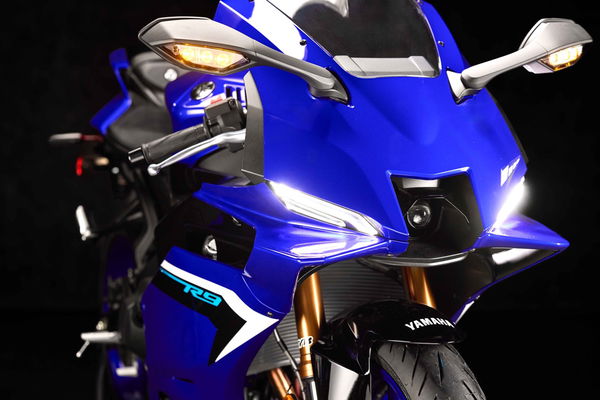
One of the most striking features of the new bike is the R1-a-like front fairing, which makes the R9 the first Yamaha road bike on sale in the UK to gain aerodynamic winglets. They are claimed to be more than simply aesthetic additions and are said to reduce front-wheel lift by between six and seven per cent in a straight line. They are joined by what Yamaha describes as a “front-end spoiler” which is located beneath the centrally-mounted ‘M-duct’ on the front of the bike. This element is said to, when combined with the exterior winglets, reduce lift by up to ten per cent while the bike is going around a corner.
Yamaha R9 electronics
One area where the R9 pulls away from the other CP3 bikes is with its extensive electronics. The standard Rain, Street and Sport modes are present as presets, and are joined by two Custom modes plus a whopping four track riding modes. In doing this, Yamaha allows the rider to tailor the power, traction control, lift control, slide control, brake control, back-slip regulator and engine braking control, for specific tracks and conditions.
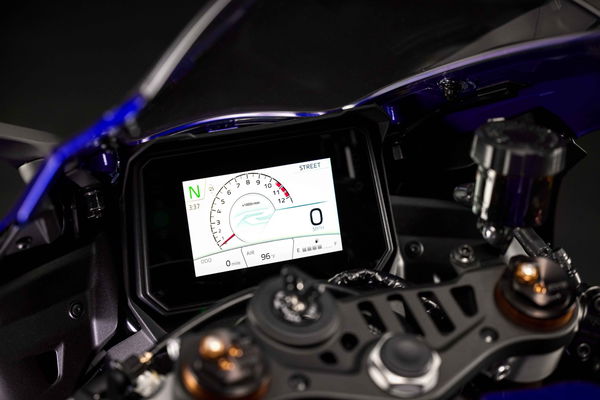
As an extra show-stopper when you leave the traffic lights, the R9 also features a launch control system that allows you to pin the throttle and feed in the clutch for a slick getaway.
Another unique feature of the bike in the Yamaha road-going bike range is the inclusion of the Yamaha – Telemetry Recording and Analysis Controller (Y-TRAC). It allows the rider to log and analyse riding data which they can later review. It links to the rider's phone using Bluetooth, meaning the bike also boasts integrated full navigation, calls and music.
The rest of the tech is the same as the latest generation MT-09 and XSR900s, meaning a smart-looking and easy-to-read five-inch TFT, the third-generation quickshifter system, and the updated switch cube.
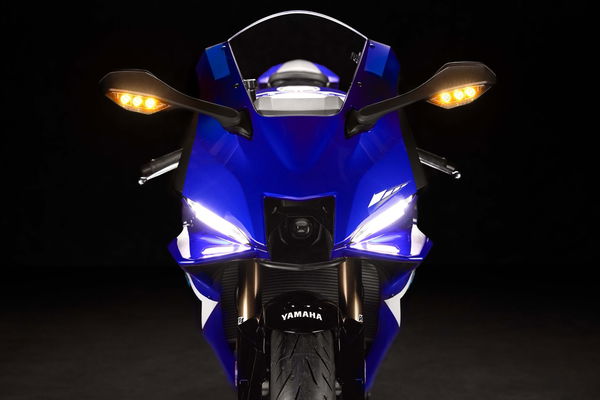
Price, colours and availability
The 2025 Yamaha R9 will be arriving in the UK with a MSRP of £12,250. It will be landing in UK dealers in March and will be available in Icon Blue and Tech Black colours.
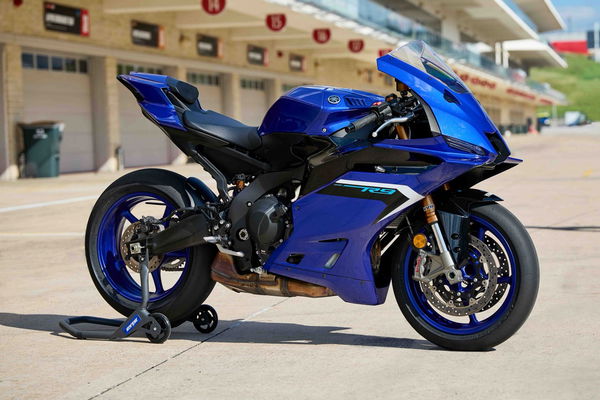
2025 Yamaha R9 technical highlights
- 890cc CP3 liquid cooled 4-stroke DOHC, 3-cylinder engine
- Lightest aluminium Deltabox frame on a Yamaha Supersport model
- Brembo front master cylinder and Stylema calipers and 320mm brake discs
- Aggressive aerodynamic bodywork with downforce winglets
- New generation KYB fully adjustable 43mm front fork
- R1-developed 6-axis IMU
- Lean sensitive rider aids including Traction Control (TCS), Slide Control (SCS), Brake Control (BC)
- Power Modes (PWR), Launch control (LC), Lift Control (LIF)
- Third Generation Quick Shift System (QSS)
- Engine Brake Management (EBM) and Back-slip Regulator (BSR)
- Option to switch off rear ABS
- Yamaha Ride Control (YRC) with customisable settings
- CCU allowing uploading and downloading bike settings
- 5-inch full colour TFT display with connectivity features
- Log and analyse riding data with Y-TRAC (Yamaha – Telemetry Recording and Analysis Controller)
- Cruise control and Speed limiter
- Clip on handlebars
- Bridgestone Battlax Hypersport RS11 tyres
- Cast aluminium wheels
- Adjustable levers
- Forged aluminium gearshift pedal

